


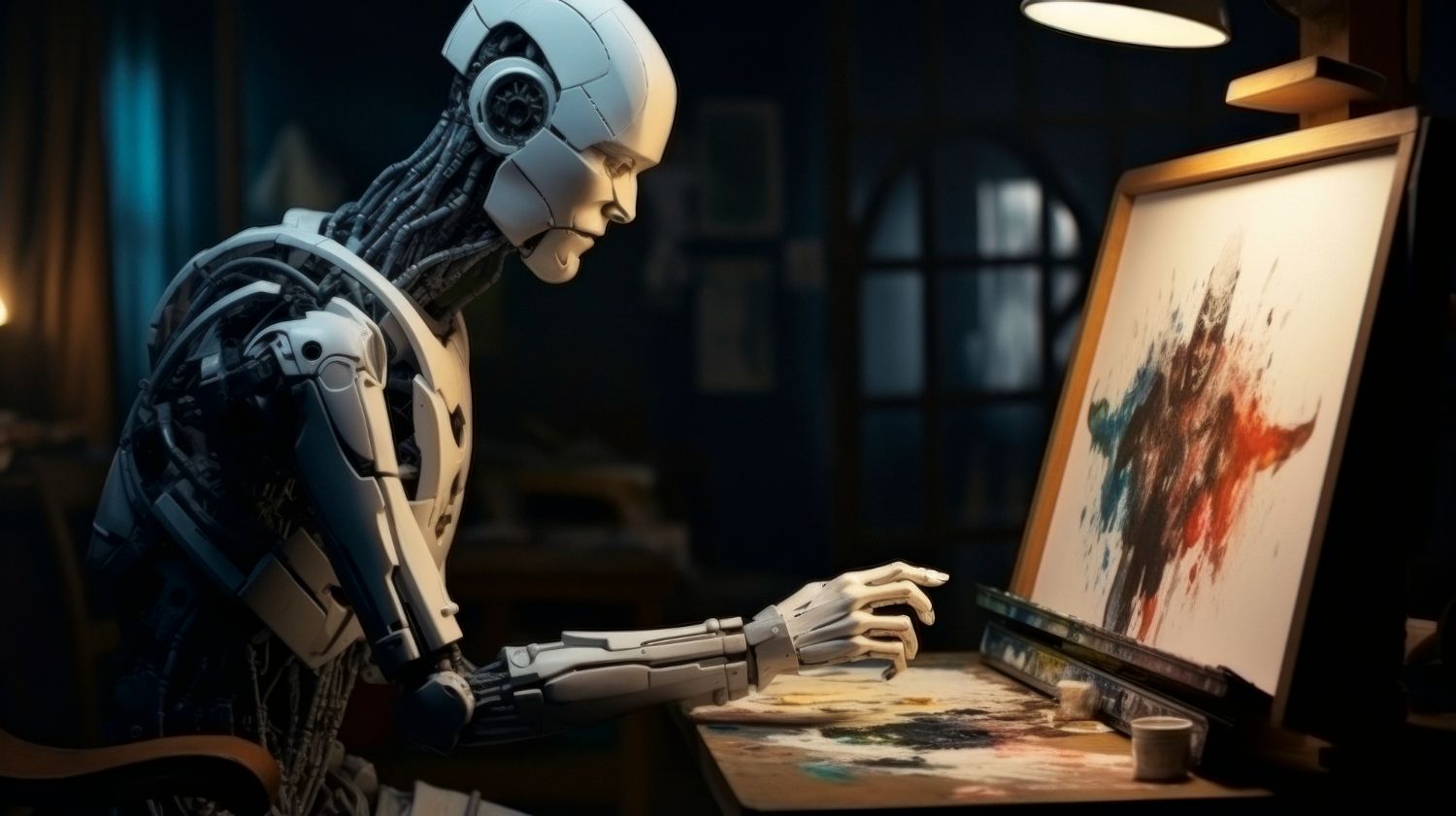
Robotics is a field of science and technology that is developing rapidly, opening up new horizons for humanity. In recent decades, we have seen robots begin to integrate into a variety of spheres of life, from production and medicine to education and everyday life. While science and technology are constantly improving, robots are becoming not just tools, but also partners that are able to solve complex problems, interact with people, and adapt to changing conditions. The future of robotics, especially in the context of artificial intelligence (AI), promises to be not only exciting, but also transformative.
Every year, there is an acceleration of technological advances in the field of robotics, which opens up new opportunities for the use of robots in a wide variety of industries. One of the most impressive trends is the development of mobile and autonomous robots. These devices are not only capable of performing pre-programmed actions, but also making real-time decisions based on environmental analysis. AI robots, such as self-driving cars, drones, or robotic assistants, are gradually becoming part of our daily lives.
One of the most striking examples is the use of robots in logistics and delivery. Some companies have managed to create robots that can automatically sort goods and deliver them to customers, minimizing human involvement in these processes. In the future, we can expect the mass introduction of autonomous vehicles, which will change not only the way goods are delivered, but also the overall structure of transport systems.
Another important achievement is the introduction of robotic systems in medicine. Robotic surgeons, such as the famous da Vinci system, are already helping doctors perform high-precision surgeries, minimizing risks to patients and speeding up returns. However, this is only the beginning. Very soon, we will be able to observe robots that will be able to carry out diagnostics based on big data analysis, as well as perform procedures that require incredible precision, for example, in the field of neurosurgery.
In turn, robots with highly developed sensors and AI can be used in the field of ecology to monitor the state of the environment, clean up the oceans from garbage, and combat air and water pollution. There are already robots that can detect oil spills, prevent wildfires, or clean up plastic waste in the oceans. This shows how technology can be used to improve the health of the planet.
One of the key components of the future of robotics is artificial intelligence. AI opens up new horizons for the creation of smart robots that can not only follow predetermined algorithms, but also learn from the data obtained, make decisions, and adapt to new experiences. With each passing day, robots are becoming more "human" in their behavior, with the ability to understand speech, recognize emotions, and even imitate human actions.
One of the most striking examples of the use of AI in robotics is the emergence of robotic assistants at home. Robots such as service devices are becoming more and more functional, helping people in everyday life, managing the house and solving various tasks. In the future, we can expect robots that will be able not only to execute simple commands, but also to understand context, analyze human behavior, and take into account human preferences and needs.
The development of AI will also lead to the emergence of robots capable of solving more complex tasks, such as ensuring security and even solving problems in the field of creativity. Already, AI robots can generate music, create works of art, and participate in scientific research.
The question of the impact of robots on the labor market is one of the most discussed. On the one hand, robots can significantly improve production processes, increase efficiency and increase safety in the workplace. They can perform dangerous or physically demanding tasks, such as working with chemicals, in unsafe human conditions, as well as perform routine work, freeing people up for more creative and intellectual tasks.
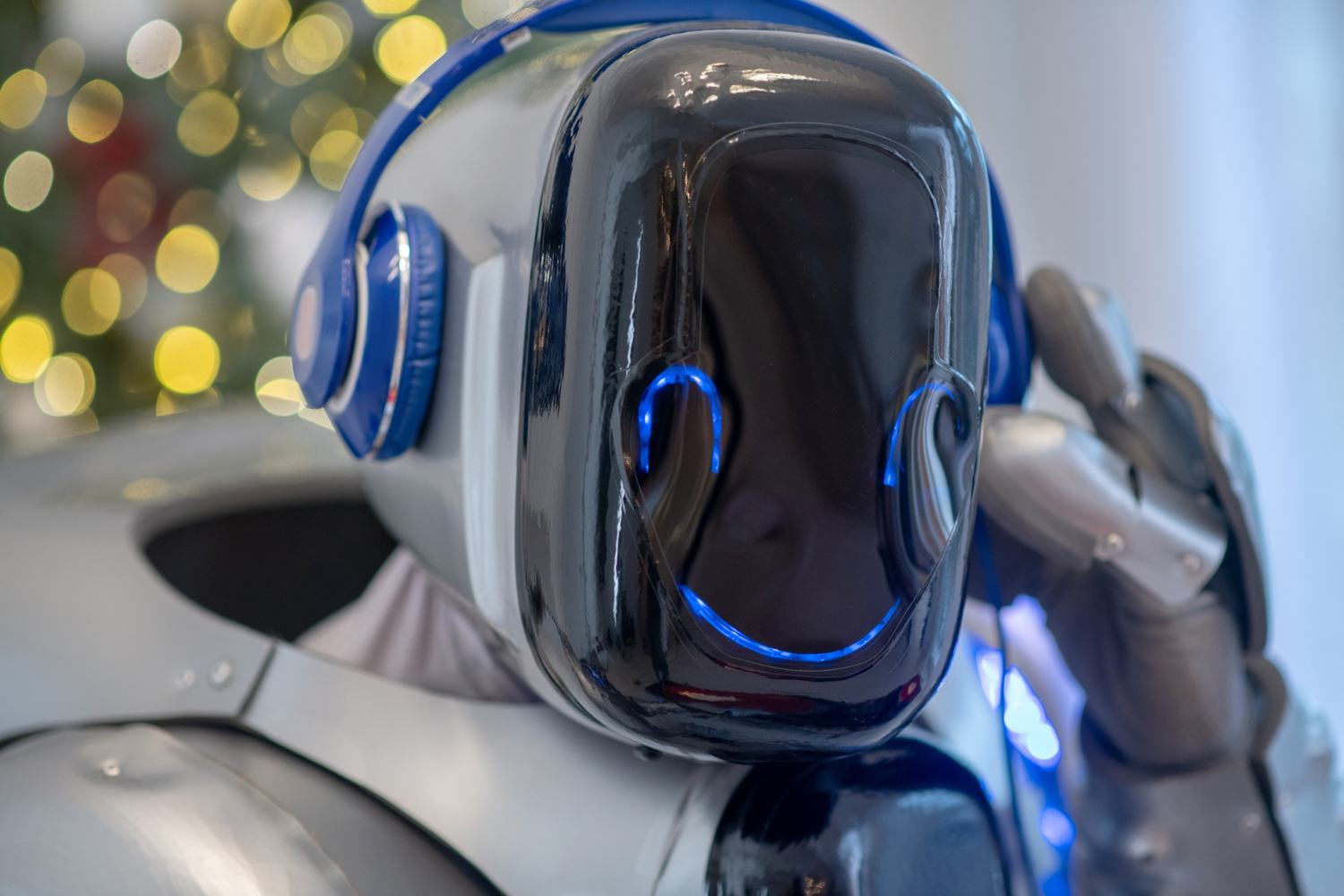
On the other hand, the development of robotics and AI threatens many traditional professions. For example, robots equipped with artificial intelligence can replace humans in areas such as transport (self-driving cars), logistics (sorting robots), and the service sector (robot cashiers, robot assistants). It is predicted that in the coming decades, much of the work will be automated, which will lead to significant changes in the labor market. However, it will also open up new opportunities for job creation in the areas of technology development, robot maintenance, as well as in new industries that will arise thanks to robots and AI.
With the development of robotics and AI, human-machine interaction will become more natural and intuitive. In the coming years, we can expect new forms of robot interaction, such as voice commands, gestures, or even brain interfaces, that will allow humans to control robots directly with thoughts.
In addition, robots will become more human in their behavior. For example, robotic assistants will be able to adapt to the individual needs of users, recognize emotions and express empathy, which will provide a more natural and pleasant interaction. Such robots will be able to support people in difficult moments, help with household chores, provide leisure and provide psychological support.
Particular attention should be paid to the development of social robots that can become full-fledged members of society, help in caring for the elderly or people with disabilities, as well as in raising children. Such robots will be able to interact with people, help them adapt to society and provide support in everyday life.
In the coming decades, we will witness how robots with AI will become an integral part of our lives. Robotization will affect all areas, from production and medicine to education and leisure. The integration of robotics into everyday life will create new opportunities to improve the quality of life, increase the efficiency of processes, and change the way we think about working and interacting with technology.
At the same time, the development of robotics poses new challenges for humanity. We have to solve ethical, social and legal issues related to the introduction of robots in various spheres of life, to ensure safety and fair distribution of benefits from technology.
The future of robotics is a future in which robots and AI become our partners, assistants, and even friends. We are entering an era where the line between man and machine will blur and the possibilities for transforming our world will be endless. Robotics and AI will not only change the way we live, but also provide new opportunities to create a fairer, safer, and more sustainable world in which technology serves for the benefit of humanity.
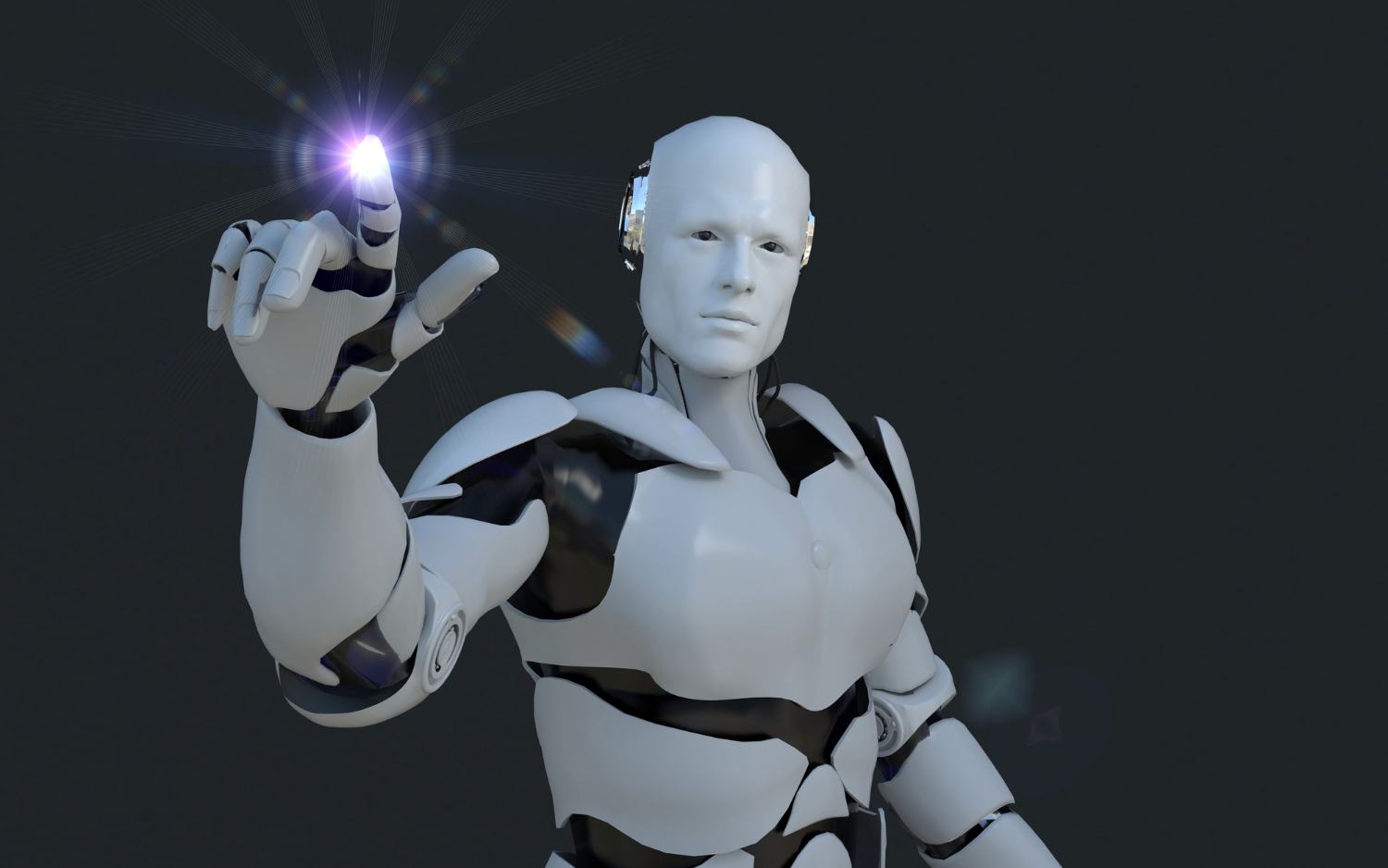
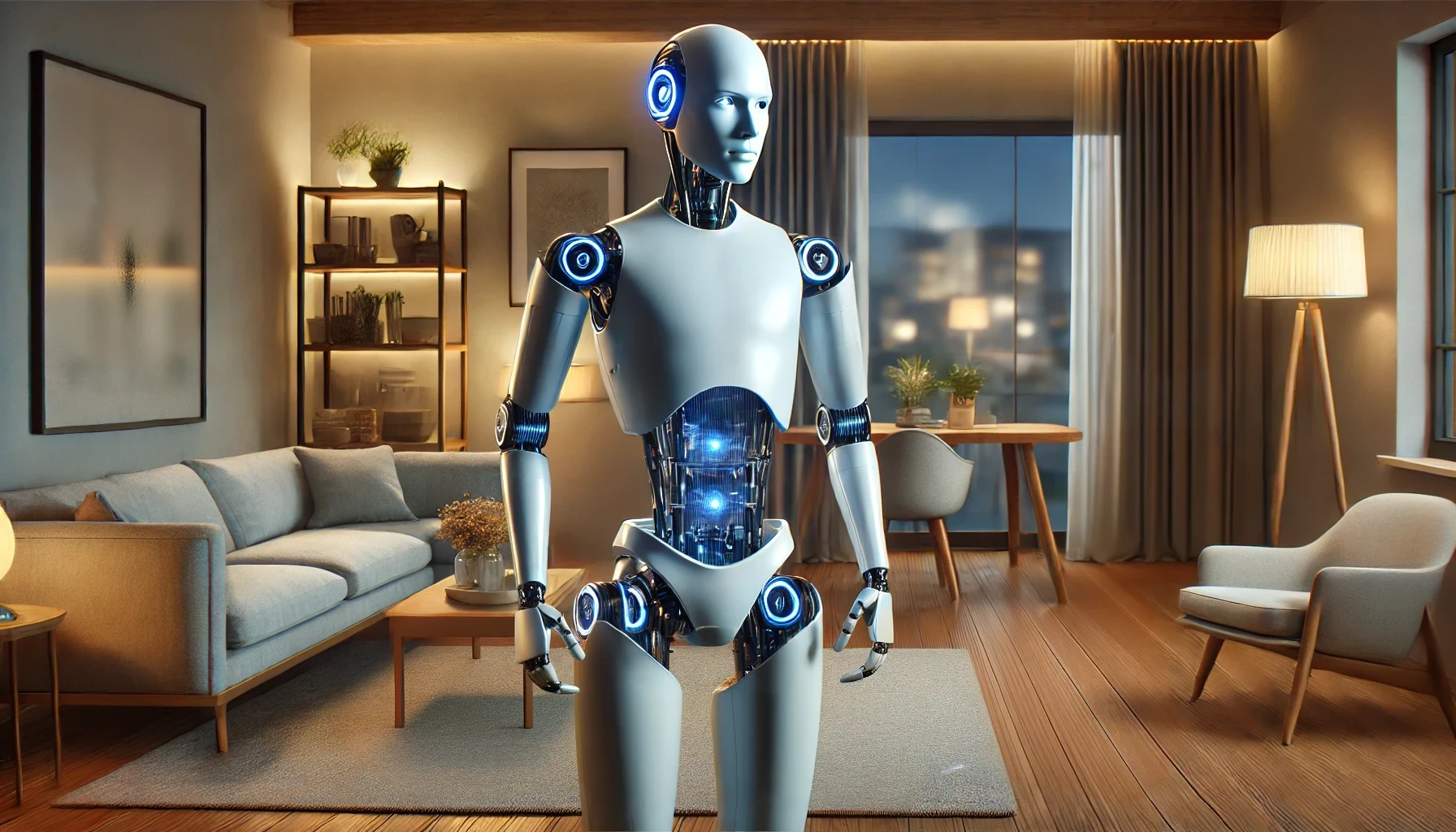
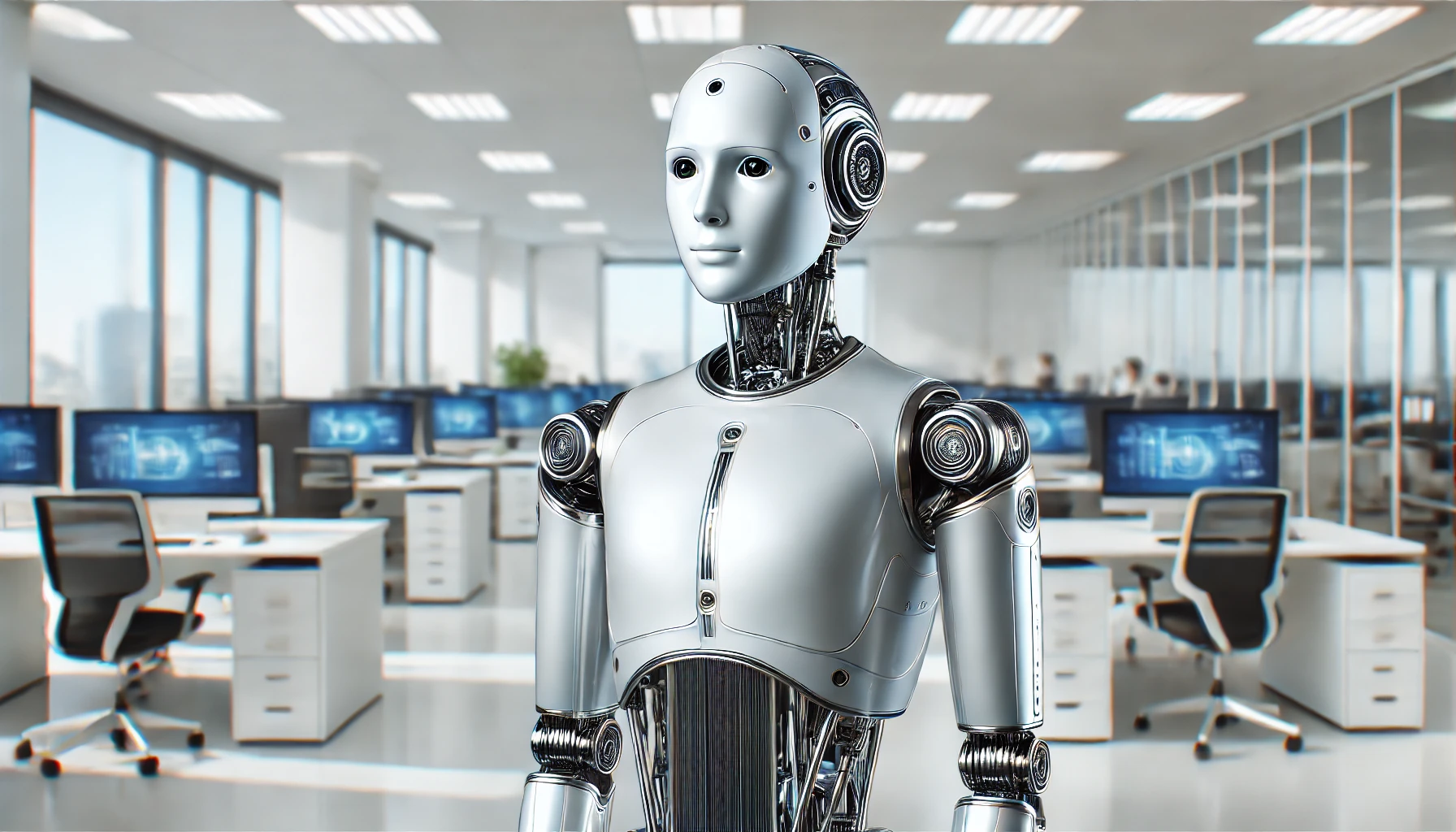
Reviews